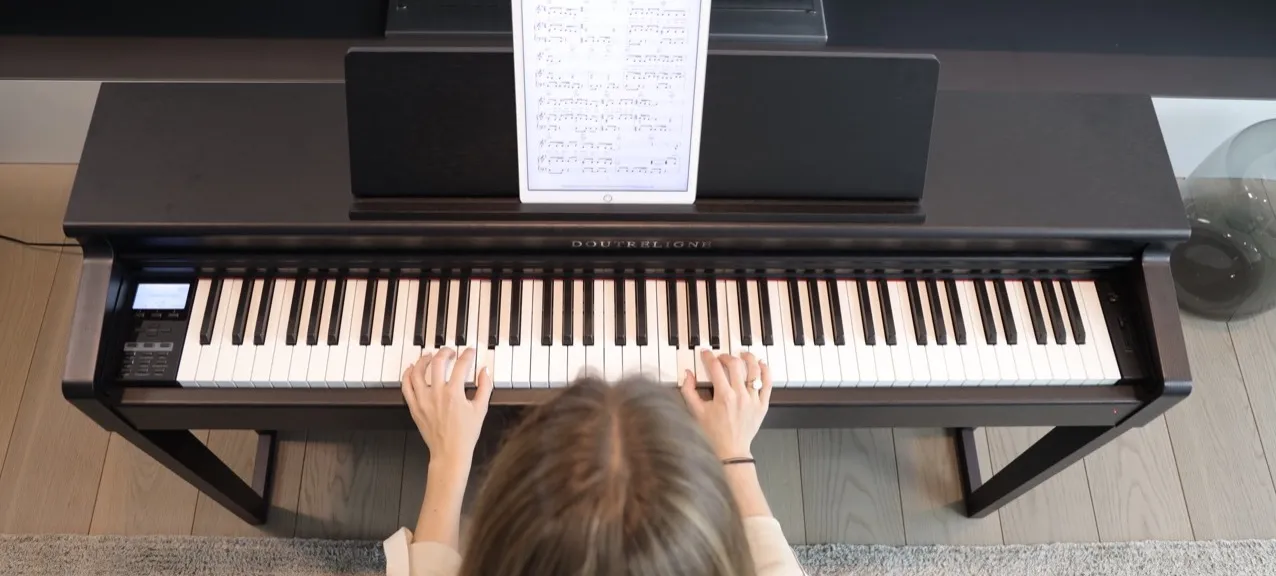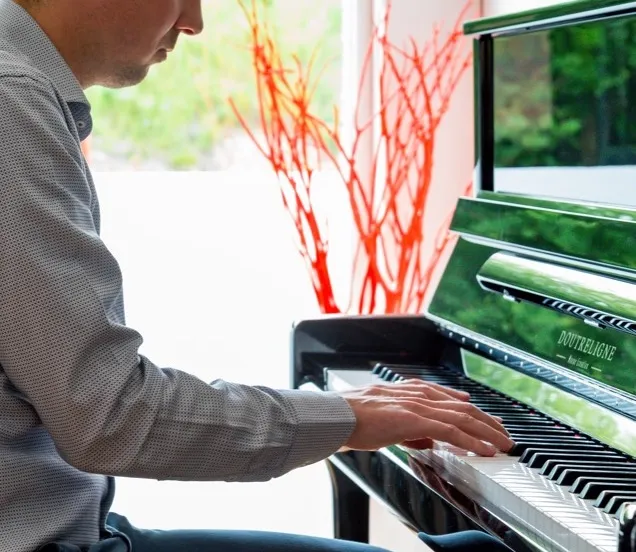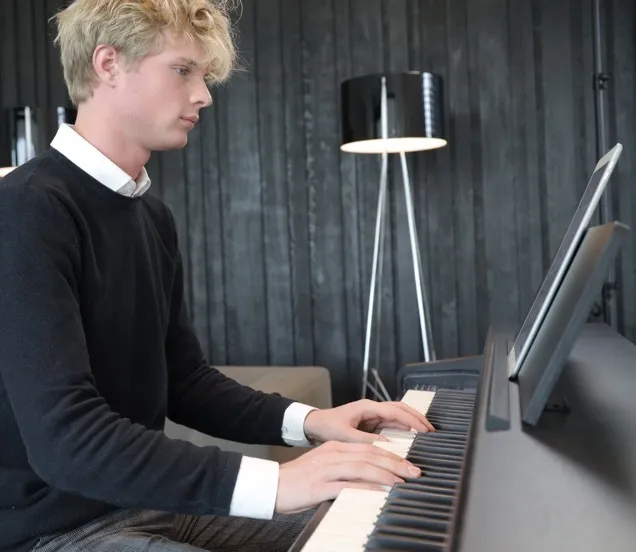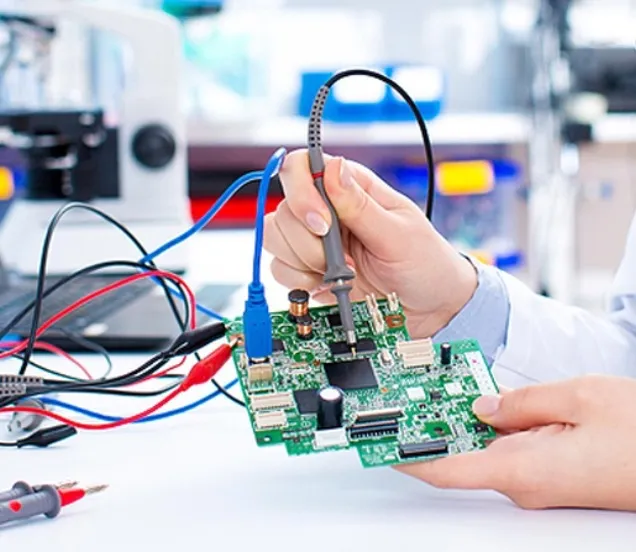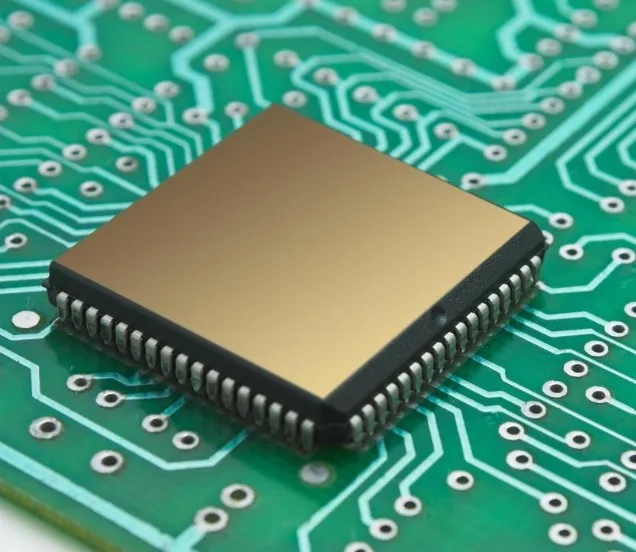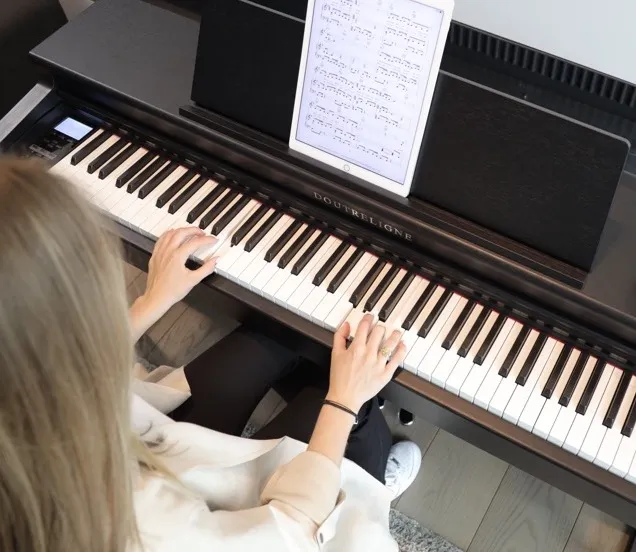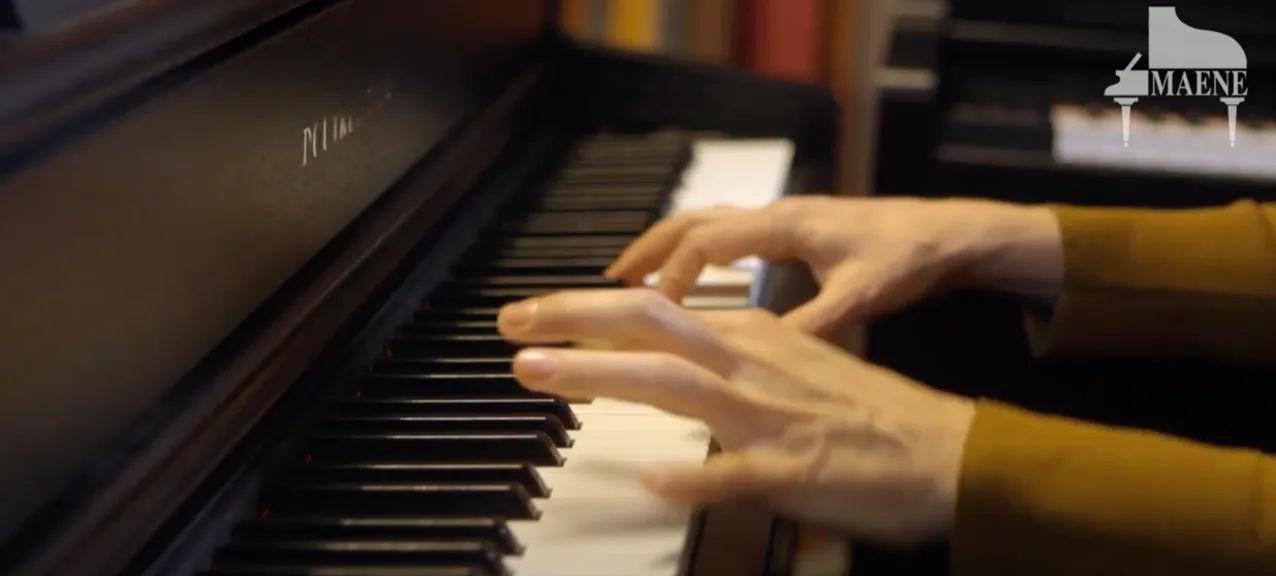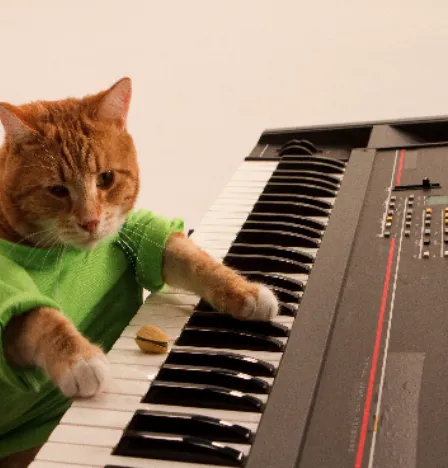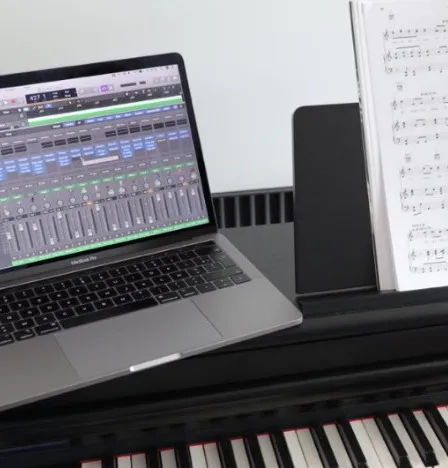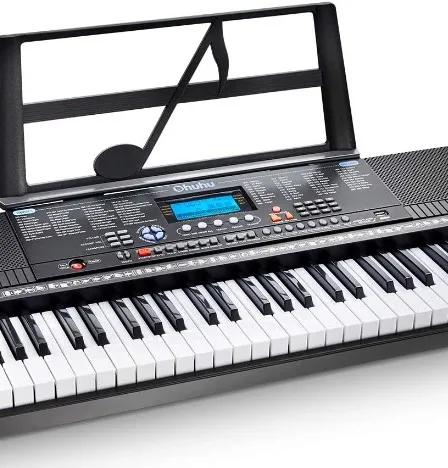Doutreligne: how it all started...
Our knowledge of piano building is unique in Europe. The Chris Maene workshop not only builds replica pianofortes, but also its own Chris Maene Straight Strung Concert Grands, a line of top-range straight strung grand pianos. These concert grand pianos have made headlines worldwide, the many CD recordings by international artists confirming their premium quality and importance in the music world. In addition, since 2004, Piano's Maene has had its own second line of instruments, "Doutreligne" (named after Zulma Doutreloigne, mother of Chris Maene). These excellent self-developed acoustic pianos and grand pianos can now be found in many living rooms, conservatories, concert halls and other venues. The premium line "Doutreligne Master" allowed even the most demanding pianists to find their way to Doutreligne.

